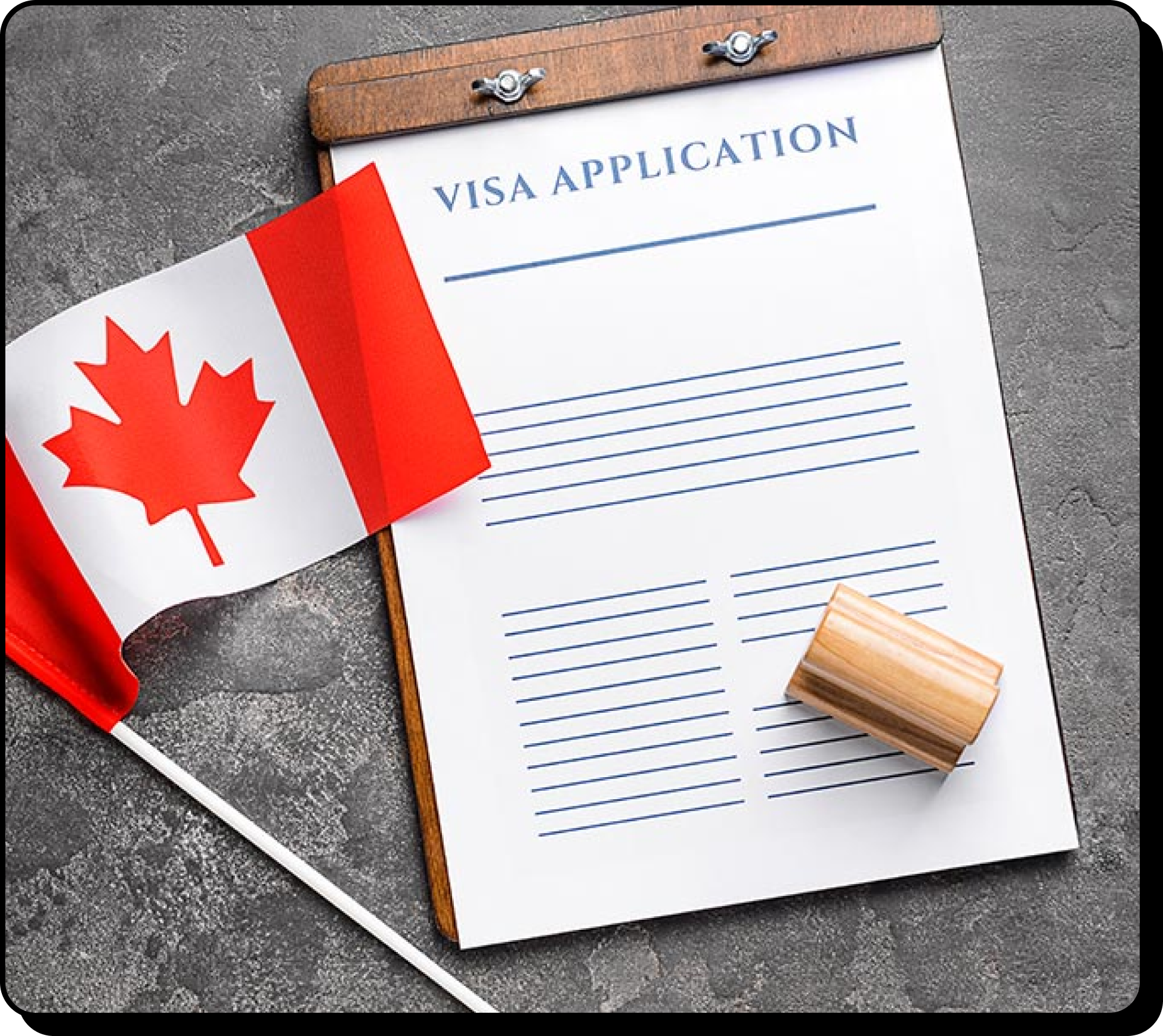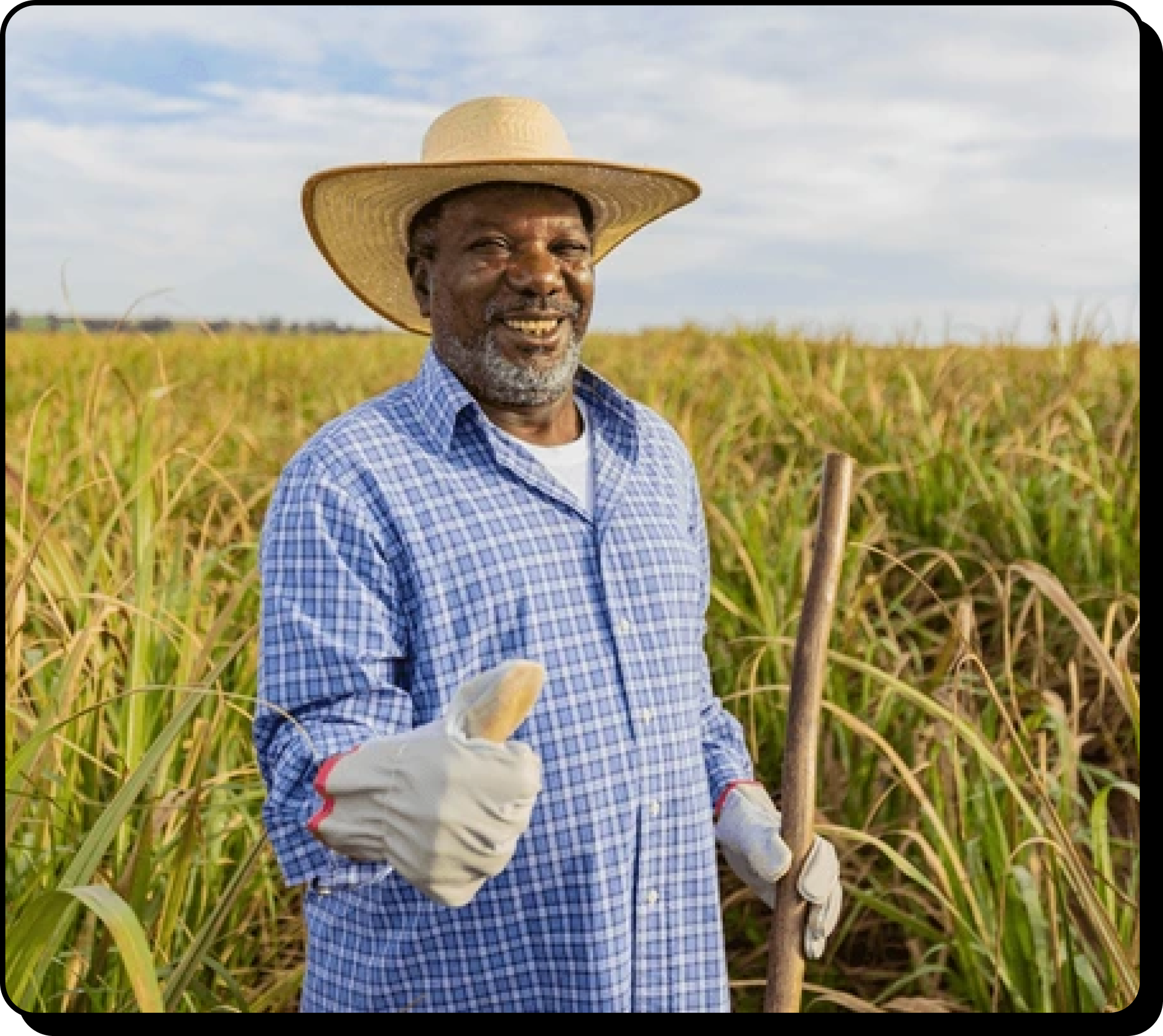Other Immigration Processes
Work Permit (LMIA)
The Labour Market Impact Assessment (LMIA) is a crucial component of Canada’s immigration system, assessing the impact of hiring foreign workers on the Canadian labor market. Employers seeking to hire foreign workers in positions without Canadian citizens or permanent residents must obtain a positive LMIA.


Super visa for Parents & Grant’s parents
The Super Visa for parents and grandparents is a special visa program in Canada that allows them to visit their family members who are Canadian citizens or permanent residents. It is valid for up to 10 years and allows multiple entries, making it convenient for extended stays with family.
Unlike regular visitor visas, the Super Visa allows parents and grandparents to stay in Canada for up to two years per visit without frequently renewing their status. To be eligible, applicants must meet specific financial requirements and provide proof of private medical insurance coverage during their stay in Canada.
Business Immigration
Business immigration in Canada offers pathways for entrepreneurs, investors, and self-employed individuals to establish or invest in businesses and contribute to the country’s economy. Programs such as the Start-Up Visa Program, the Provincial Nominee Program Entrepreneur Stream, and the Quebec Investor Program provide avenues for business-minded individuals to obtain permanent residency.
Applicants must meet specific investment, business experience, and job creation criteria. Successful business immigrants contribute to economic growth and create job opportunities for Canadians. Canada’s business immigration programs aim to attract innovative entrepreneurs and investors who can stimulate economic development and innovation across various sectors.


Visitor Visa
A Visitor Visa in Canada, officially known as a Temporary Resident Visa (TRV), permits individuals to travel to Canada for purposes such as tourism, visiting family or friends, or attending short-term business meetings. Typically, a TRV allows entry to Canada for up to six months per visit, with the actual length of stay determined by the immigration officer at the port of entry.
To increase the likelihood of obtaining a TRV, applicants must provide credible documentation demonstrating strong ties to their home country, adequate financial resources to cover their expenses in Canada, and a clear intention to return home before the visa expires.
Atlantic Immigration Pilot Program (AIPP)
The Atlantic Immigration Pilot Program (AIPP) is a collaborative initiative among the Atlantic provinces of Canada aimed at addressing labor market needs and boosting economic growth in the region. This program offers skilled workers, international graduates, and intermediate-skilled individuals the opportunity to immigrate to Atlantic Canada and become permanent residents.
Employers in the Atlantic provinces can participate by hiring foreign workers through designated streams and offering them a job offer. Successful applicants and their families can obtain permanent residency, contributing to the vitality and prosperity of the Atlantic region.


Agri-Food Pilot Program
The Agri-Food Pilot Program is a Canadian immigration initiative designed to address labor shortages in the agri-food sector and support its growth. This program offers pathways for experienced, non-seasonal workers to immigrate to Canada and obtain permanent residency.
Applicants must have job offers in specific occupations within the agri-food sector, such as food processing, farming, or animal husbandry. Successful candidates and their families can contribute their skills and expertise to Canadian agriculture while enjoying the benefits of permanent residency in Canada.
Rural and Northern Immigration Pilot Program (RNIP)
The Rural and Northern Immigration Pilot Program (RNIP) is a Canadian immigration initiative aimed at addressing demographic challenges and labor shortages in rural and northern communities. This program offers pathways for skilled workers, international graduates, and temporary foreign workers to immigrate to participating communities and become permanent residents.
Employers in these communities can participate by offering eligible candidates a full-time job offer in a suitable occupation. Successful applicants and their families can settle in these communities while enjoying the benefits of Canadian permanent residency.

